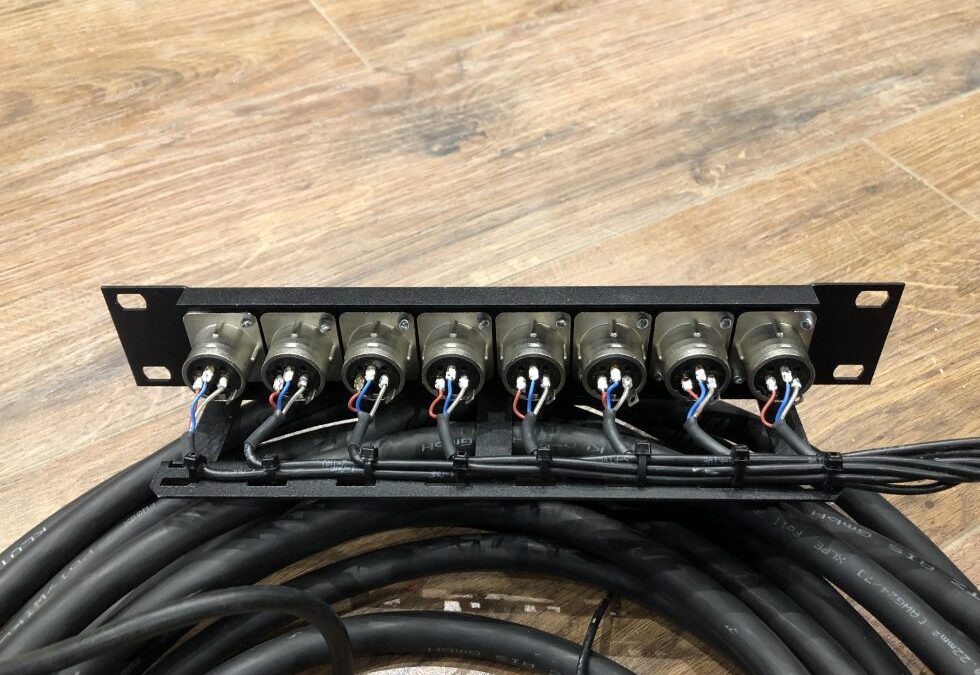Growth Comes from Looking Back: Evolving Installation Principles
When you’ve been in any industry for a long time, one thing becomes clear: progress is essential. It’s not just about doing your job — it’s about doing it better than you did a year ago, five years ago, or even yesterday. Improvement doesn’t mean you should be embarrassed by your earlier work. On the contrary, it’s a sign of growth. You only need to be concerned if you’re still doing things the same way you were a decade ago, without any evolution in your process or standards.
Looking back at old work should bring a sense of pride — not because it was perfect, but because it was a stepping stone. If you can look at something you did years ago and say, “I could do this better now,” that’s not a bad thing. That’s progress. And in any profession, progress should always be the goal.
Over Three Decades in the Sound Industry
I’ve been working in the sound industry since 1985. That’s quite a stretch of time, and over those years, I’ve learned a lot — not just about sound, but about what it takes to do excellent work. Around 1990, I began getting more involved with installations, and the way I approach them now has changed dramatically from those early days.
Some people have jokingly said I’m OCD about my work. And honestly, there’s some truth to that — but I don’t take it as an insult. In fact, that attention to detail has been one of my biggest assets. It’s pushed me to constantly refine my methods and strive for excellence in everything I do. A solid set of installation principles is part of my “toolbox” on every installation.
Finding Better Ways to Do Things: Refining Installation Principles
Let me give you a specific example. For many years, I used pop rivets to attach chassis-mount connectors to panels. It worked well, looked tidy, and kept everything secure. But as with most things, there was a downside. If a connector needed to be replaced, I’d have to drill out the rivets — which is not ideal, especially if a mistake had been made, like mounting a connector upside down (yes, it happens to all of us).
Earlier this year, it hit me: why not use black, button head bolts with nuts instead? Not only do they give a clean, professional appearance, but they’re also much easier to remove when maintenance is needed. Sure, it takes more time to install them, but the benefits outweigh the extra effort. When I look at those installations now, I see a better solution — one that reflects growth in how I approach my work.
Holding Yourself to a Higher Standard
One thing I’ve heard repeatedly over the years is that I’m my own worst enemy when it comes to installation standards. But that’s not a bad thing. I hold myself to a high standard because I believe in doing a job right — not just “good enough.”
There have been times when clients have told me to leave a minor mistake, assuring me no one would notice. But I’d notice. And that’s enough for me to take the time to fix it. That mindset is part of what it means to pursue excellence. It’s not about perfectionism for its own sake; it’s about having pride in your work and knowing that it was done to the best of your ability.
Progress Is a Mindset: Installation Principles in Practice
Progress doesn’t always come in big, dramatic leaps. Sometimes, it’s as simple as switching from rivets to bolts or taking an extra few minutes to make sure something is installed just right. But those small changes add up. They improve the quality of your work, your reputation, and — maybe most importantly — your own satisfaction.
So if you’ve been doing something the same way for years, ask yourself: is there a better way? Could this be done more efficiently, more neatly, or more reliably? Those questions are the foundation of growth.
In the end, excellence isn’t a destination — it’s a journey. And every step forward, no matter how small, is worth it.

